Multidimensional applications
An outdoor wall light is a wall-mounted light fixture that allows outdoor entryways, backyard patios, outdoor steps, pool areas, garage doors, deck areas, balconies, outdoor living areas, or hospitality and commercial spaces to be properly illuminated. Outdoor wall lighting is extremely versatile. Wall mounted fixtures can act as porch lights or garage lights which provide localized area light. They can also be used to aesthetically highlight architectural details and add a thoughtful dimension to the outdoor decor. Wall lighting has considerable value as a security element when it combines motion activation to deter intruder access attempts.
Wall sconces
The most typical form of wall mounted light fixtures are wall sconces. Sconces were originally used as wall-affixed holders to support torches or candles and later, gas lights and electric lamps. As a result, traditional wall sconces often direct light upwards and come mostly with closed bottoms. The modern concept of wall sconces not only relates to wall-mounted fixtures that shine up, but also includes fixtures that direct light downwards or emit in other directions. In fact, the term “wall sconces”, particularly those designed for outdoor lighting, become interchangeable with “wall lights”. Any light fixture that is mounted in a way that it only requires the wall for support can be called either a wall sconce or a wall light.
Types of outdoor wall lights
Outdoor wall lights can be classified into several broad categories based on their light distribution. Uplight sconces provide a wash of light up a wall, which is suitable for adding contrast and showing off an element of your exterior. Downlights may accent walls too, but they’re more typically used to illuminate the ground for wayfinding. Up/downlight sconces add balanced lighting to the exterior by casting light in both directions. Wall lanterns are used to create an intimate ambiance and to balance overhead sources when they’re used as porch lights. Gooseneck barn lights are farmhouse-inspired fixtures that use classic metal shades to direct all the light downward and cast a broad reach. Directional flood lights are used to provide a wide area illumination for outdoor activities or to serve as security lights.
Design style
An outdoor wall light can be a basic, low-cost fixture consisting of a wall bracket that supports a light assembly and framed housing, or it can be an elaborate, ornamental fixture adorned with multiple decorative elements. The vast variety of exterior architectural styles require that light fixtures should blend into the environment they serve and will not distract from the artistry of the application. Traditional wall sconces are highly ornamental. They are heavily steeped in a vintage European aesthetic. The transitional design mixes a combination of classic and contemporary styles to create depth. Wall lights of a transitional style maintain a traditional shape while incorporating clean looks and sleek lines of contemporary design. Contemporary fixtures tend to be minimalist in appearance. Geometric shapes, sleek lines, and clean finishes combine to elevate a simple form into a high level of sophistication. Rustic wall sconces integrate organic shapes, textures, and weathering to radiate a time-worn character and aged charm.
Technology
The rapid transition to solid state lighting (SSL) gave birth to products having substantially improved efficiency, extended lifetime, unprecedented controllability, and increased freedom in designing new fixture form factors. Products using light-emitting diodes (LED) technology can be divided into two categories: lamp-based systems and integrated LED systems. Lamp-based LED wall lights use LED bulbs which are designed as a direct replacement of incandescent and compact fluorescent lamps. The plug-and-play LED replacement bulbs allow old fixtures to harvest the benefits of new technology. However, LED products in a bulb form factor provide limited improvement in efficiency, performance and lifespan due to compromises made in the system design.
Higher value features require better system engineering, and thus integrated LED systems are steadily gaining ground in wall lighting applications. Integrated design enables more effective heat dissipation which is critical to the life and color stability of LEDs. High efficiency and reliability driver circuits can be used to operate the LEDs and provide advanced dimming capabilities. The small size and solid state nature of LEDs enable the design of more rugged outdoor wall lighting systems in novel form factors.
Lighting control
Automated controls that will enable the luminaires to respond dynamically to changing conditions and demands can be incorporated into LED lights. Outdoor wall lights are often equipped with a built-in motion detector for enhanced security and energy efficiency. An integral photocell feature allows the lights to be kept off if there is sufficient ambient light.
Outdoor durability
Outdoor wall lights are crafted from aluminum or steel for strength and durability. The metal housing is usually finished with a thermoset TGIC polyester powdercoat that provides superior resistance to corrosion. These luminaires are constructed to IP54, IP65 or IP66 for protection against the ingress of external contaminants and water.

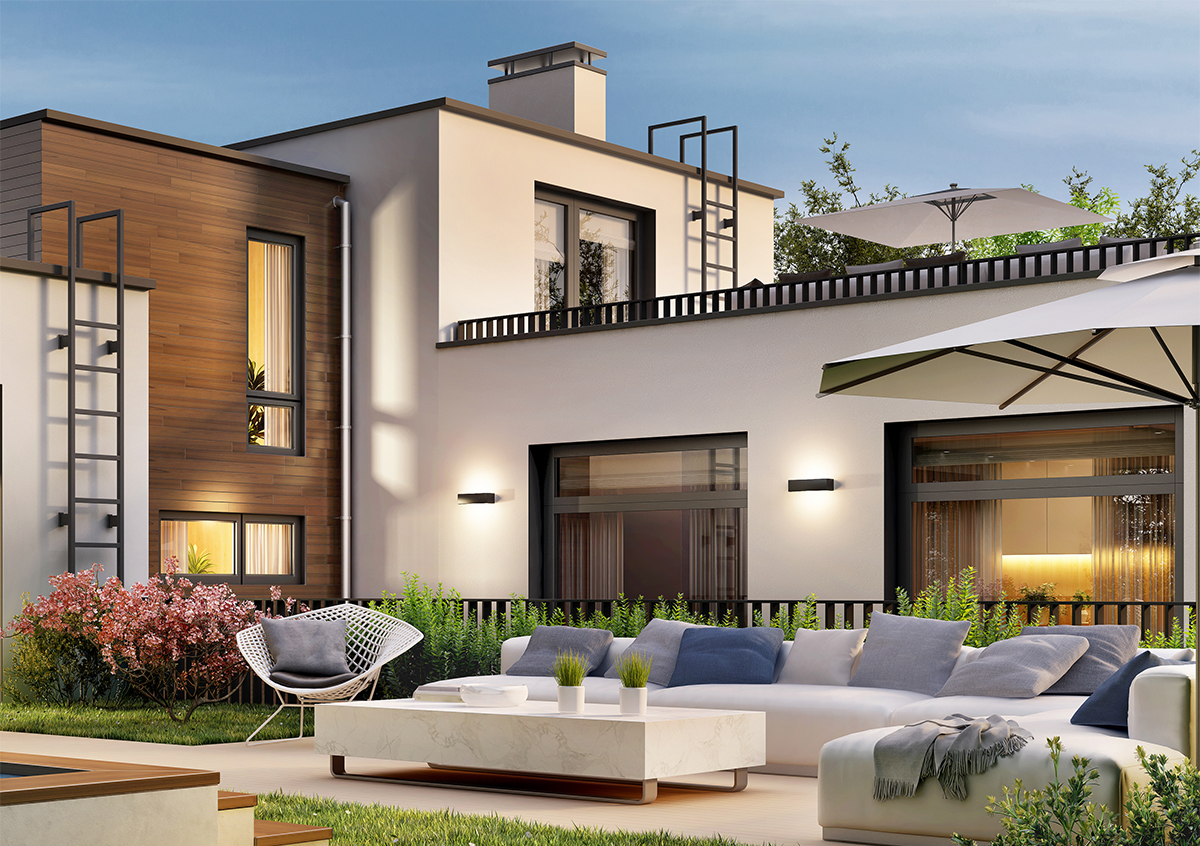
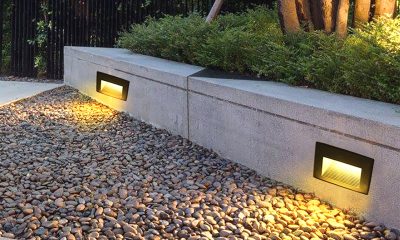
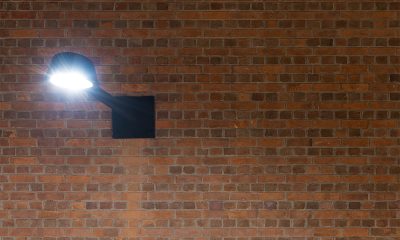
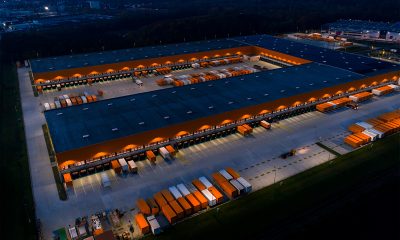
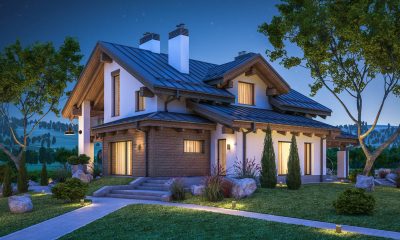
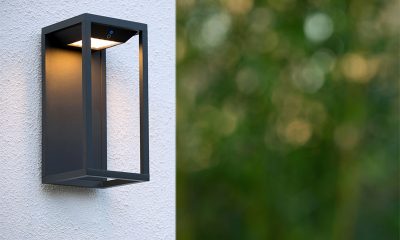
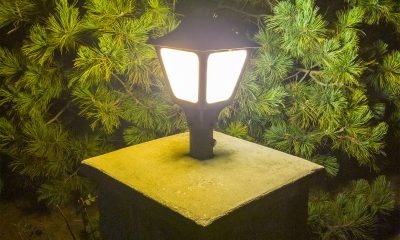
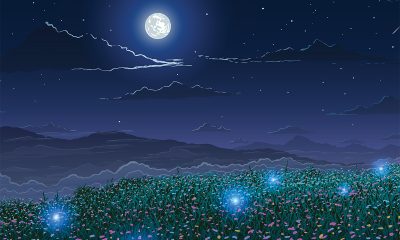
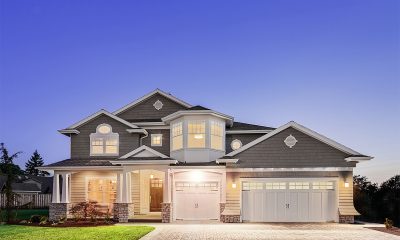
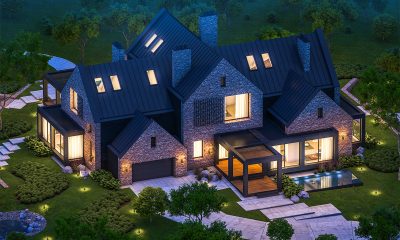
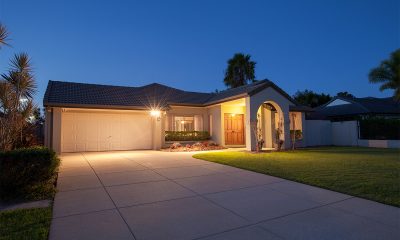
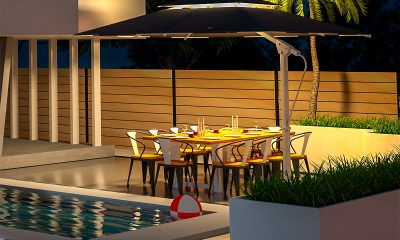






Loading...
New member
New member
New member
New member